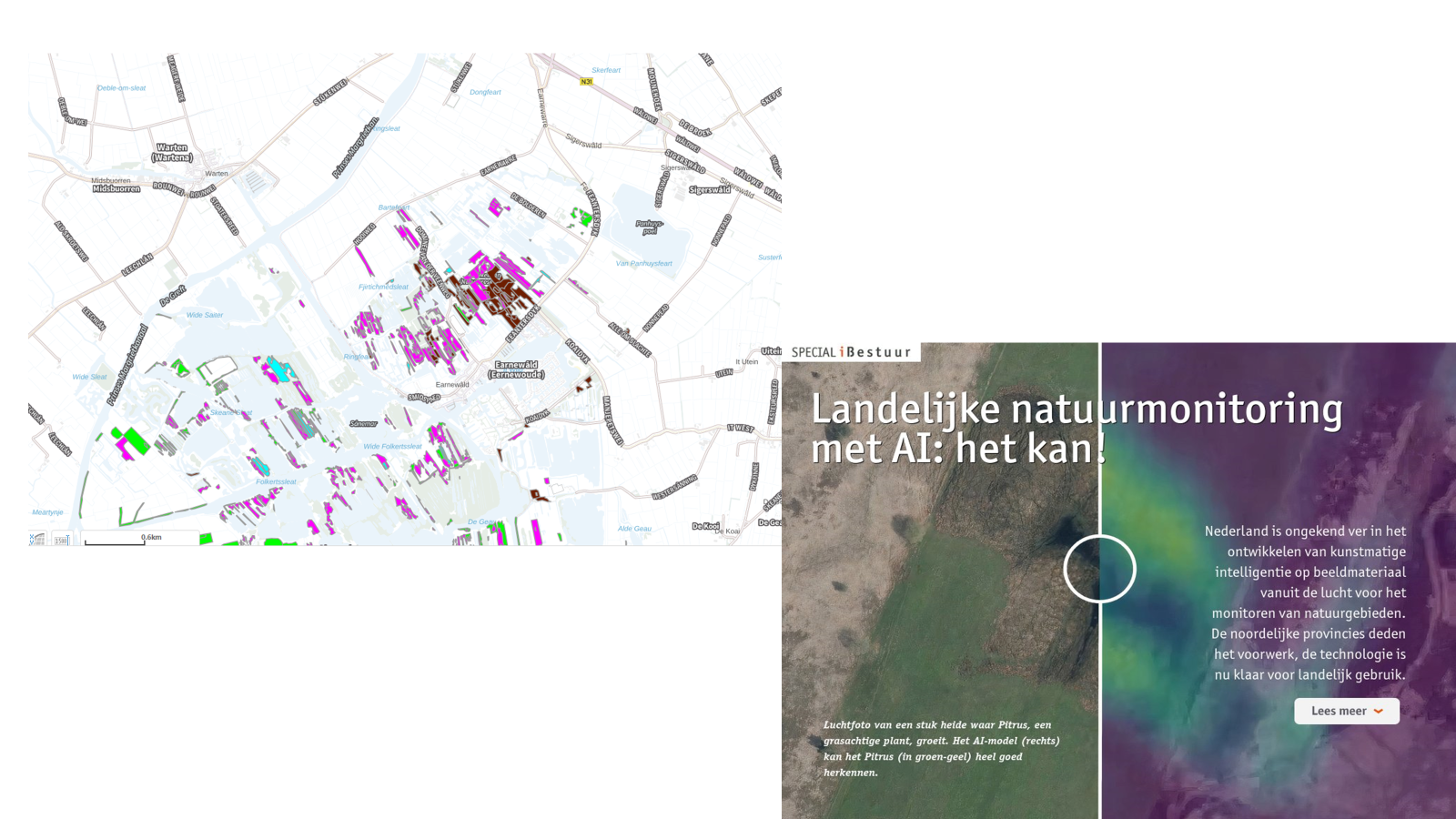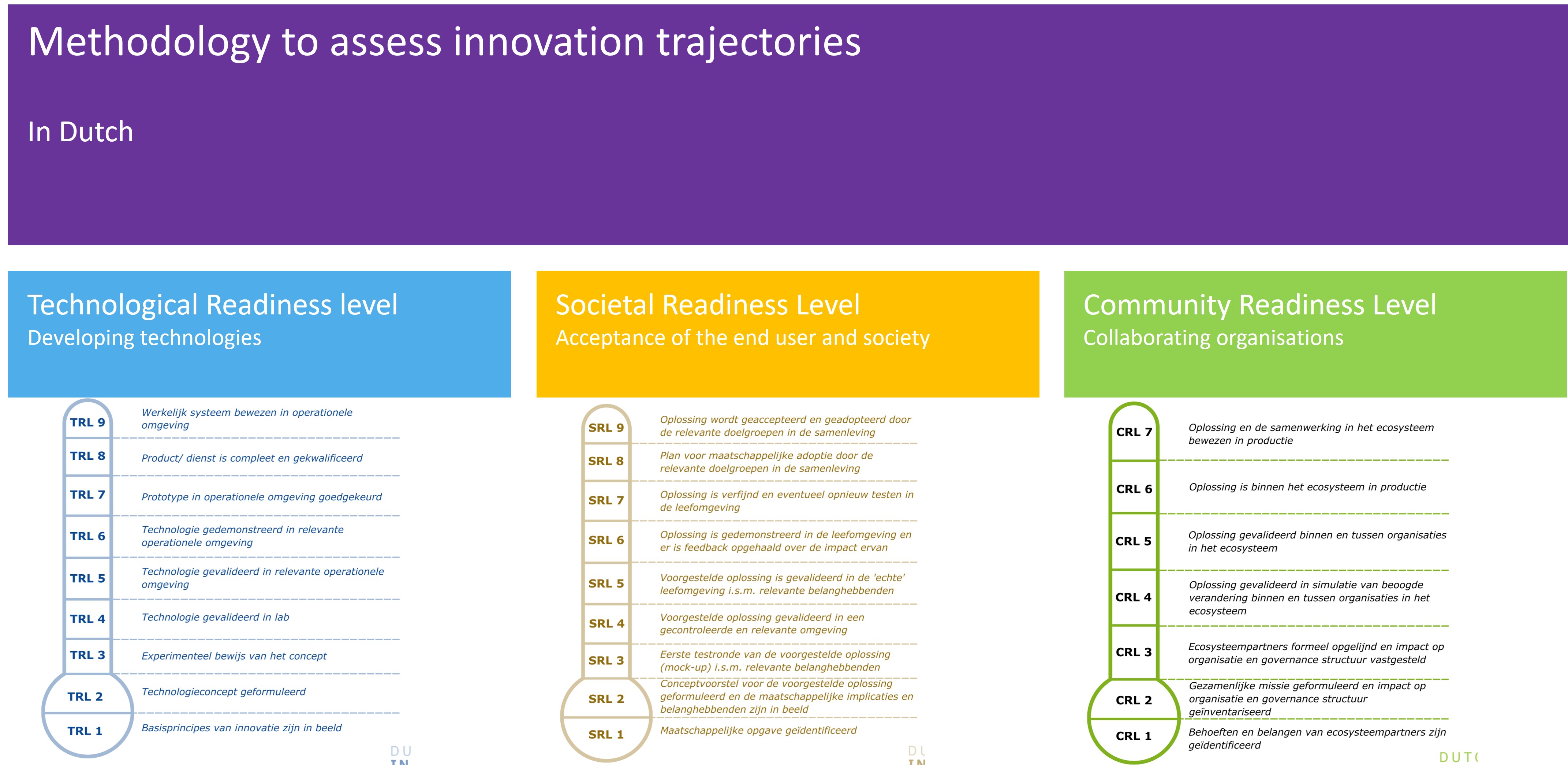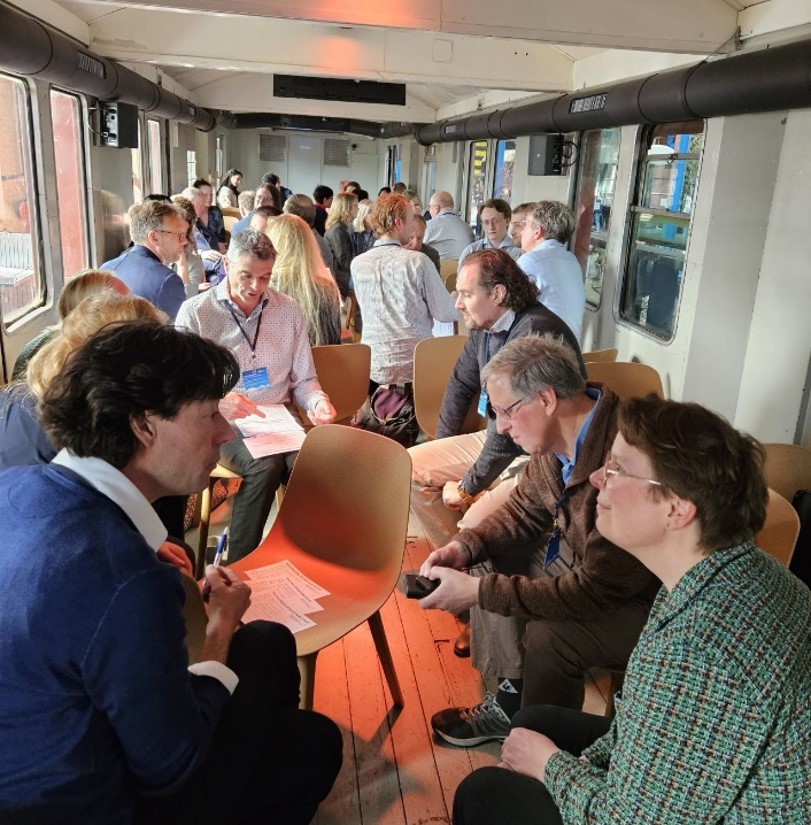General details
EDIHs involved
Customer
Customer size: Medium (50-249)
Customer turnover: Not applicable. It is a public organisation.
Challenges
As a result of the Nature Pact of 2013, BIJ12 and the provinces have committed themselves to monitor vegetation in Natura 2000 areas every 12 years – an activity primarily based on fieldwork. However, due to the rapid changes in nature as a result of human influences, scientists advocate a much more frequent analysis. Since the number of ecologists is declining, the current way of monitoring is not viable. In the past 10 years, more than 10 innovation pilots took place in the Netherlands where the focus was on developing digital innovation (generative AI and image recognition in combination with a platform for expert judgement ) in vegetation monitoring. Despite many pilots as well as a political urgency to gain more accurate and frequent data on the state of the nature, the digital innovation seems to run into a “valley of death” for societal impact. Although this technology has the potential to transform the process of monitoring of nature, the organizations (both the province and BIJ12 as well as the different start-ups) working on the innovations find it hard to find a way to overcome this “valley of death” and reach societal impact. The project managers of both the Province as well as BIJ12 do not know how to continue to get commitment from their own organizations and the collaborating organizations for a large scale investment in the technology.
This example is a common struggle for many innovations in the public sector. The field for innovation in the public sector is fragmented with lots of pilots, limited-scoped-projects, loosely coupled projects, whereby there is often no possibility to embed the outcomes of the pilots within the current organizational structure. This leads to a lot of frustration for the civil servants. Many public organisations are looking for new insights in how to bring innovation trajectories with potential to the next level and improve their impact.

Solutions
The Dutch Societal Innovation Hub believes that technological development is not the key for impact in the public sector. Innovation consortia often ignore the organizational and societal boundaries, because they have a too narrow view on technological innovation.
The DSIH offers a methodology to assess the maturity of innovation trajectories on technological as well as societal and community readiness that helps innovation consortia to find their blind spot in bringing their trajectories to the next phase. This methodology is based on established methodologies in scientific literature, but tweaked to the needs of public organisations, see the image with a simplified version of the methodologies attached. The DSIH offers a do-it-yourself assessment and workshops for innovation practitioners.
To support BIJ12 in its role to bring the innovation pilot on monitoring nature to the next level, the DSIH performed an ecosystem analysis and organized a workshop with stakeholders to assess the current situation of the innovation trajectory using the methodology to assess the maturity of innovation trajectories on technological as well as societal and community readiness. The DSIH also provided an Excel file for participants to fill in the assessment themselves.
The DSIH also used this nature monitoring case as a example in workshops at events. For instance on the 24th of April 2024 at the National AI Coalition Congres, the DSIH has organized a workshop for 50 innovation practitioners. In groups of 5-6 they have assessed one of their own innovation trajectories via this methodology

Results and Benefits
The assessment of the monitoring nature case lead to the following insights:
-
Technological readiness at a level of 6
-
Societal readiness at a level of 3
-
Community readiness at a level of 1
BIJ12 and the Province has invested a lot in developing the technology via different pilots. They did not spend sufficient time in identifying the societal needs and impact of a new monitoring tool, they did also not engage the important stakeholders in testing a concept solution. The acceptance of the stakeholders was therefore low (low societal readiness level).
The also did not spend sufficient time in understanding the interest of the own organisation (and their political goals) and the organisations in the network. The many different innovation pilots in the Netherlands are not connected. Scaling the solutions is only possible if the community of different organisations with a responsible in nature monitoring are aligned.
This lead to the decision to redirect effort and funding from BIJ12. Instead of investing in another single pilot project, the organisations decided to go for a bigger innovation program together with the key stakeholders. For example, they submitted an innovation lab proposal together with a larger consortium. We also advised to get government executives involved.
This example is illustrative for the insights that attendees of the workshops get. The attendees of the workshop get insight in their own blind spots in innovation trajectories. They often forget to involve their stakeholders and the society, which leads to the innovation not being adopted. The workshops gives them this realization and helps them to see where their own innovation process stagnates. This helps them to define the next steps they need to take their innovation process to the next level. Also, the innovation will increase on impact, because it will get a better fit to the needs of the stakeholders.
“Normally I just focus on building the technology, but it’s actually about the ‘why’ of the innovation which comes with SRL”
“I didn’t realize that their where so many steps in the innovation process. I tend to go from 1 to 9, but it doesn’t work that way”

Perceived social/economic impact
The solution can have wider societal impact in the case of monitoring nature. More accurate information on the state of nature can lead to better, more effective policies and to a more factual basis in a highly political debate on nitrogen and the balance between farming and nature.
The Netherlands spends about 2.5% on ICT-based PPI investments out of total public procurement (excluding defence) (PWC, 2021, the strategic use of public procurement for innovation in the digital economy), which is about 4 billion euros per year (based on 2018 figures). Methodologies we provide contribute to streamlining innovation across the ecosystem and making sure that investments in innovation pilots are not wasted, but that lessons are shared and if a pilot is successful it will be scaled with a societal goal in mind and together with the community.
Measurable data
Via the workshop we reached:
-
Almost 100 attendees during workshops at 2 events
-
2 workshops organised dedicated to a specific innovation trajectory: remote sensing for monitoring nature, and generative AI tooling for a knowledge assistant.
Lessons learned
The methodology is very useful to assess innovation trajectories that have multiple stakeholders involved. We would recommend to organize a workshops with a couple of stakeholders and ask every stakeholder to fill in the assessment previous to the workshop. In the workshop you can compare levels since each stakeholder can have a different understanding of the situation. This opens the floor to discuss bottlenecks and opportunities in bringing the innovation pilot to the next level.
We learned that if attendees gained insight in their own blind spot in the innovation trajectory, they also want to know what steps to take next, and how we as a hub can support them. Therefore, we will use the months to come to connect services in the Dutch and European innovation infrastructure to the outcome of the assessment.
Other Information
We also published our insights in a magazine for governmental executives: Natuurmonitoring - iBestuur Congres 2024
Find our methodology to assess the maturity of innovation trajectories via this link: https://digicampus.tech/wp-content/uploads/2024/09/GovTech4ALL-GovTech-Maturity-Level-Assessment.xlsx

